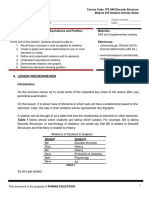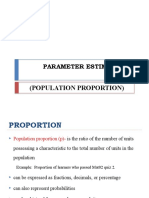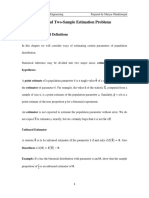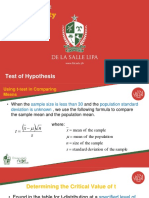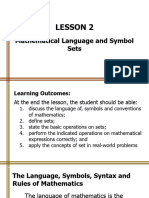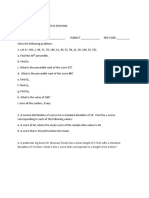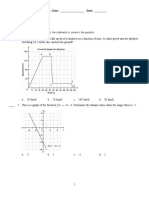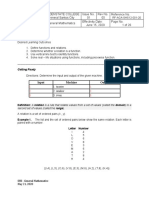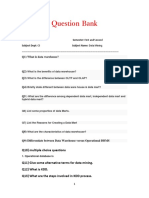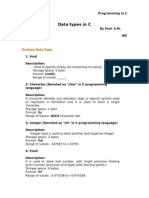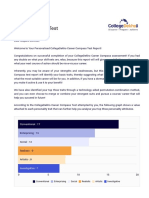WEEK 7- 9 LESSONS: PRESENTATION OF DATA
Learning Objectives:
The students should be able to:
1. Distinguish between Textual, Tabular and Graphical Presentation,
2. Identify the different presentation of data.
3. Construct the appropriate graphs for particular types of data
Discussion:
Methods of Presentation of Data
Presentation of Data refers to the organization of information such as measurements,
numbers, names, observations, etc. in a certain way. It can either be in textual, graphical, or
tabular manner, depending on the purpose of presentation and the nature of the data to be
presented. This part of a study is very important since the result of the data gathering can be
well appreciated and understood based on how the researcher summarizes and presents the
gathered data.
Generally, there are three ways of presenting a summary of data.
These are:
1. Textual Presentation
This is the technique in a paragraph form. In this technique, it does not
necessary mean that the presentation consists of words only but figures can also
be used as part of the of the presentation.
2. Tabular Presentation
This is another way in presenting data. Of data is a method of presentation of
data. It is a systematic and logical arrangement of data in the form of Rows and
Columns with respect to the characteristics of data. It is an orderly arrangement
which is compact and self-explanatory.
Example: The table below shows the distribution of male and female students
taking up computer courses at a Manila College. The population is 250 students.
Gender Frequency
Male
75
Female
� 175
F
Percentage (%) = x 100%
N
75
Male Percentage (%) = x 100% = 30%
250
175
Female Percentage (%) = x 1000% = 70%
250
Gender Frequency Percentage
Male
75 30%
Female
175 70%
3. Graphical Presentation
There are different types of graphs such as line graph, bar graph, pictograph,
pie chart, etc.
a. Line Graph. It shows relationship between two or more sets of quantities. In
this technique, the values are plotted using dots which are called “markers” to
be connected together by line segments.
Example: Sam's weight increased each month. Each of these line
graphs shows a change in data over time. A line graph is useful for displaying data
or information that changes continuously over time. Another name for a line graph is
a line chart.
Month: Weight in kg
May: 73
�b. Bar Graph
It is the graphical technique in which each value in the data is
represented by rectangular bars. The length of the bars indicates the
measure of a certain value while its width has a fixed size.
Example of Bar Graph.
c. Pictograph
This is a graphical technique that expresses its meaning through its
pictorial resemblance to a physical object. Each object used in pictograph
stands for a corresponding measure.
Example of pictograph.
d. Pie Chart
This is the type of graphical presentation in which a circle (or sometimes
a cylinder) is divided into several partitions with each partition
characterizing the categories of the data.
Example of pie chart.
�Name:__________________________________________________Score:____________
Name of Teacher:_________________________________________Date:_____________
Course/Year/Section:______________________________________
Exercise 3.1
Frequency and Percentage Distribution Table
Construct the frequency and Percentage Distribution Table
1. ACMY Publishing has 1235 employees in which 13 are contractual, 515 are
probationary, and the rest are regular employees.
� 2. In a university in Manila, 350 freshmen are enrolled under the college of Nursing, 600
under the college of computer studies, 475nunder the college of Engineering while 312
under the college of Education.
Name:__________________________________________________Score:____________
Name of Teacher:_________________________________________Date:_____________
Course/Year/Section:______________________________________
Exercise 3.2
Graphical Presentation
Represent each data in any of the graphical presentation techniques.
1. ACMY Publishing has 1235 employees in which 13 are contractual, 515 are
probationary, and the rest are regular employees.
�2. In a university in Manila, 350 freshmen are enrolled under the college of Nursing, 600
under the college of computer studies, 475nunder the college of Engineering while 312
under the college of Education.




